Too few "disability-friendly" destinations?
Vietnam has more than 7 million PWDs. Like other normal people, they always want and need to travel. However, there are very few tours in Vietnam for PWDs. For many different reasons, travel agencies are not very interested in these more than 7 million "customers".
Mr. Bruce Cameron (Easy Access Company - Australia) confided: “Before coming to Vietnam, the thing that worried me the most was whether the requirements of wheelchair users could be met here. I sent an email to request answers but received no response.” That was the confession of a foreigner as well as many Vietnamese PWDs who wanted to explore this S-shaped land.
“We are disabled in the legs and really want to travel and explore the landscapes in some provinces and cities. Normally, before each trip, disabled tourists like us are concerned about: what facilities are there for disabled people? Are there toilets, elevators, ramps or separate seats for them? How wide are the doors? How many steps are there? Are there guides for people with disabilities, hearing impairments, and visual impairments? Are there discounts for disabled people?... And when booking a tour for a group of about 40 people with the same situation as the above questions, we received head shakes of refusal from the travel agencies” - Mr. Le Quang (42 years old, Hoa Binh, Hanoi) sadly said.
The recent trip to Da Lat was an unpleasant memory for the members of the group “For a Bright Future” (Hanoi Disabled People’s Association). After carefully consulting information online and through friends, group leader Trinh Thi Thu Thuy chose to book a room at a rather expensive hotel near the city center. However, upon arrival, the group was shocked because to enter the hotel, they had to climb a steep slope, while many members of the group were mostly in wheelchairs or were visually impaired, making it very difficult to move. And when they saw dozens of steps leading into the house before getting into the elevator, the group decided to change their accommodation.
In Vietnam, there are also destinations that are friendly to PWDs. For example, in Hanoi, there are the Temple of Literature, the Museum of Ethnology, and the Women's Museum, which are places that PWDs can access and have interesting experiences. The Women's Museum has toilets suitable for PWDs, wheelchairs for visitors, separate paths for wheelchair users, and elevators. On the other hand, at the Quang Ninh Museum, there is a wheelchair-friendly path with a moderate slope, making it easy for PWDs to move around the museum. However, such models are too few compared to thousands of destinations in Vietnam. Each province and city has only a few "friendly" destinations for PWDs.
One of the reasons why travel agencies “ignore” these visitors is that the tourism infrastructure does not really meet the needs of PWDs. The road system still has many places with large differences in height, and buses and taxis do not have elevators to help wheelchair users get on and off easily. Therefore, PWDs have to rely on tour guides to carry them to hotels and get on and off buses, and many tourist attractions still lack restrooms designed specifically for them. PWDs themselves feel embarrassed to bother them and are hesitant to go. “We have been able to advise on some places for disabled visitors to visit, but restaurants and hotels are very difficult. There were mornings when we surveyed more than a dozen hotels but could not find a suitable place. For example, in the case of toilets, many places have very large toilets but the doors are too small, or the path to the toilet is narrow or has stairs, making it difficult for wheelchairs to access" - group leader Trinh Thi Thu Thuy shared.
Since the end of 2016, Ms. Trinh Thi Thu Thuy and her group of friends have implemented a project to promote accessible tourism for PWDs in Vietnam, funded by the Abilis Foundation (Finland). The website http://dulichtiepcan.com regularly shares information about attractions, restaurants, and shopping in some tourist cities in Vietnam, the level of accessibility of these facilities to PWDs, and at the same time provides knowledge and legal basis for PWDs to proactively prepare for their trips.
After years of implementing the project, Ms. Thuy’s conclusion after many survey trips in Hanoi, Ninh Binh, Quang Binh, Can Tho… is still a shake of the head in dismay, “there is a great lack of access works”! Once, after going through dozens of restaurants, dozens of accommodation establishments, tourist attractions all day, she searched until her eyes were red, but still could not see any access works. There were places where there were works, but only “partially accessible”, according to the assessment criteria that the survey team built based on careful reference to the Law on PWDs, Construction standards for construction works…
Many tourism service providers either do not know these standards, or if they do, they seem to do it for show. According to Ms. Trinh Thi Thu Thuy, in the world, public works, especially those serving tourism, have moved towards universal architecture so that everyone can participate and use them without much need for repair. Accessibility for everyone is an important factor in responsible tourism and sustainable tourism. However, this universality is lacking in both the tourism and architecture and construction sectors in Vietnam.
Travel agencies hesitate to organize tours
In addition to the difficulties in infrastructure, tourism human resources for the disabled are also worth discussing. If for normal tours, a group of 30-40 guests only needs 1-2 tour guides, but for tours for the disabled, a team of about 10-15 tour guides is needed. Because for groups of guests who have to move on wheelchairs, many tour guides are needed. In addition to explaining, introducing the itinerary, introducing scenic spots, tour guides have to lift the car to help guests overcome obstacles, this tour guide is responsible for taking care of people with physical disabilities, another tour guide must know how to communicate with people with hearing disabilities... Serving normal people is difficult, serving people with disabilities requires much higher requirements. Tour guides do not only guide according to a pre-existing schedule but also need many factors such as health, dedication and enthusiasm. When the customer has physical disabilities, the tour guide must spend more time and effort, especially the attitude must always be gentle and skillful in behavior. With customers who are deaf, the tour guide must also know body language when communicating and explaining.
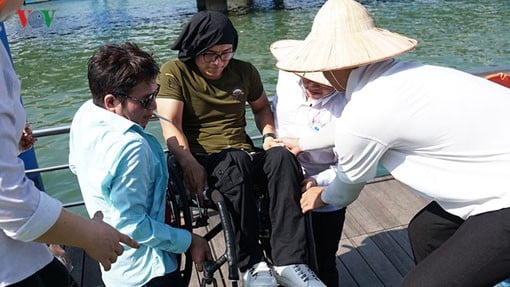 |
Without a dedicated ramp, getting a wheelchair user onto the train requires several people to help. (Photo: Truong Giang) |
Mr. Nguyen Thanh - representative of a travel agency admitted: “Once, we received a group of 6 guests but had 4 tour guides and a driver to serve. Currently, we rarely deploy specialized tours due to difficulties in service personnel and facilities at tourist destinations. However, if a customer with a disability registers, we still accept the tour but must provide conditions for serving the tour for the disabled. That is, there must be a family member to help, each disabled person must have an additional relative to accompany and assist. If a group of disabled people go on a tour without a family member to help, we have to refuse because we cannot have enough tour guides to serve them”. Therefore, many companies are not "interested" in serving disabled tourists. Besides, many accommodation owners are also hesitant to accept disabled guests.
Tour guides serving PWDs are very few, while the demand is high, making the cost of paying tour guides very high. Not to mention, most PWDs in Vietnam are… poor, so they always want to go on the cheapest tour. It costs money and effort, a lot of work, little profit, or negative capital, so it is understandable that many travel agencies… “ignore”. If there are occasional tours organized for PWDs, most of them are for the purpose of community service, social welfare or image promotion, but few travel agencies are bold enough to design tours for PWDs for business purposes.
Perhaps that is why Vietnamese PWDs still consider traveling to be too… luxurious for their lives. And millions of Vietnamese PWDs always have to… “stand on the sidelines” of enjoying life exploring landscapes and cultures at home and abroad.
Meanwhile, Vietnam is actively striving to become one of the world’s leading eco-friendly tourist destinations. To achieve this goal, the Vietnamese tourism industry cannot ignore the large number of potential tourists who are PWDs and elderly people who need support.
People with disabilities recommend that construction management agencies need to step up inspection and supervision of the implementation of legal regulations, and cannot just wait for the initiative from businesses, accommodation establishments, tourist attractions, and tourism establishments, so that people with disabilities can enjoy their legitimate rights according to the law.
According to Mr. Zurab Pololikashvili - Secretary General of the World Tourism Organization, the spirit of "tourism for all" is the goal that the entire world tourism industry is aiming for. Prioritizing accessibility for people with disabilities will be a competitive advantage for destinations and businesses, helping them to have a more beautiful and friendly image to tourists from far and wide.
The World Tourism Organization (UNWTO) believes that easy accessibility of a destination to all tourists plays an important role in building a "safe and friendly" image, attracting more tourists to visit and experience.
Source: https://baophapluat.vn/can-co-tour-du-lich-than-thien-danh-cho-nguoi-khuet-tat-post534067.html










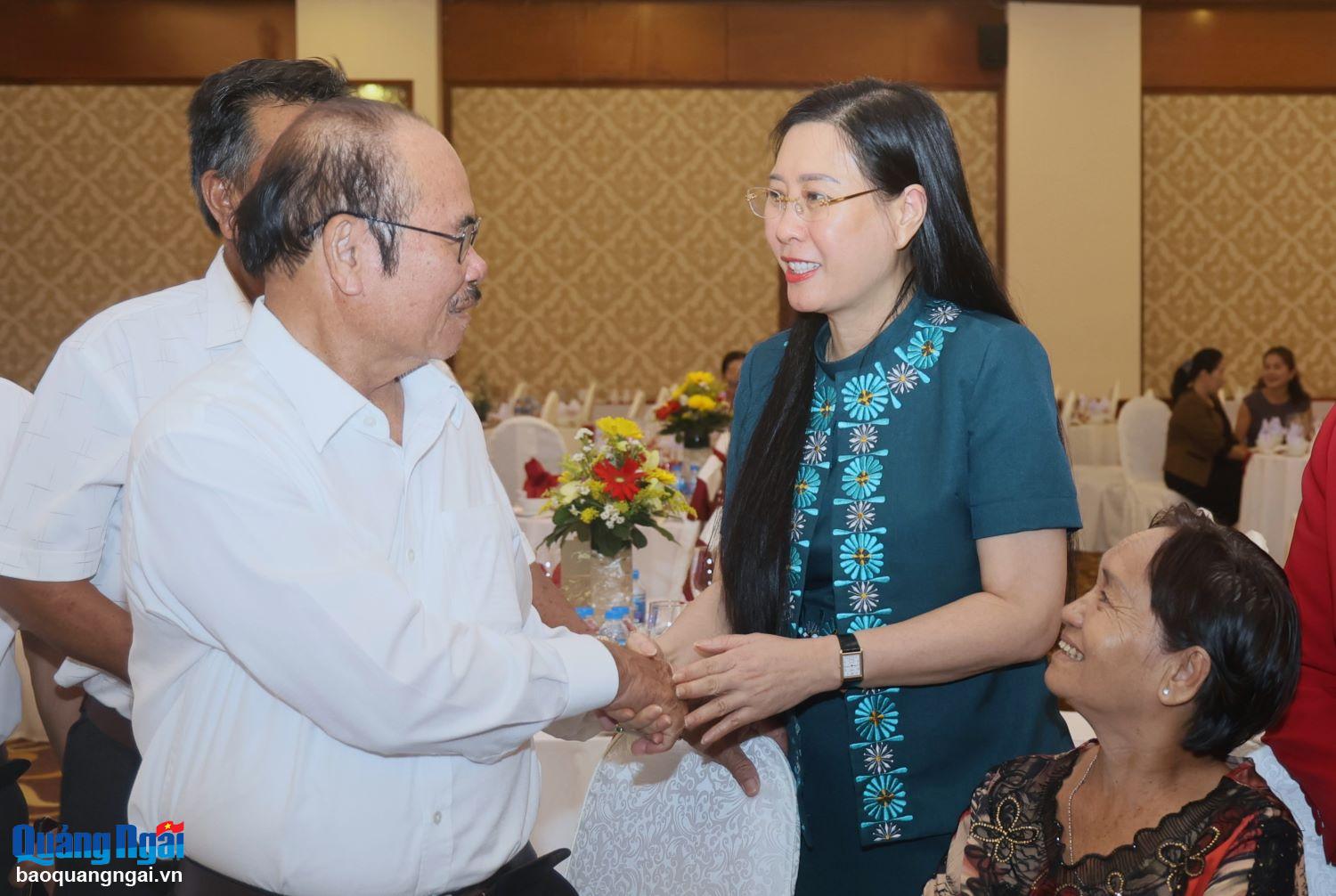
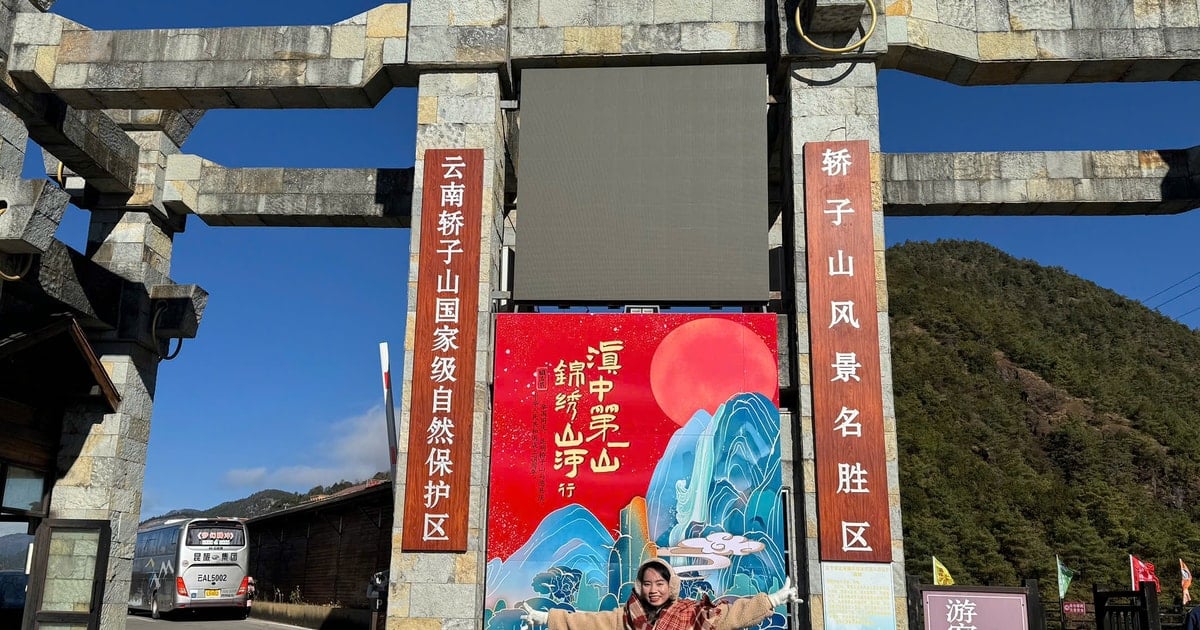
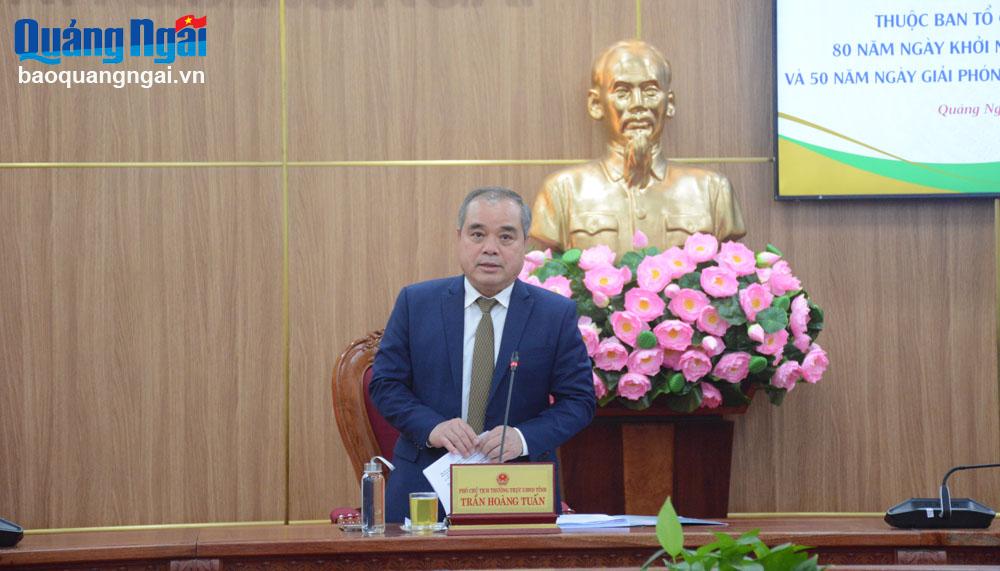


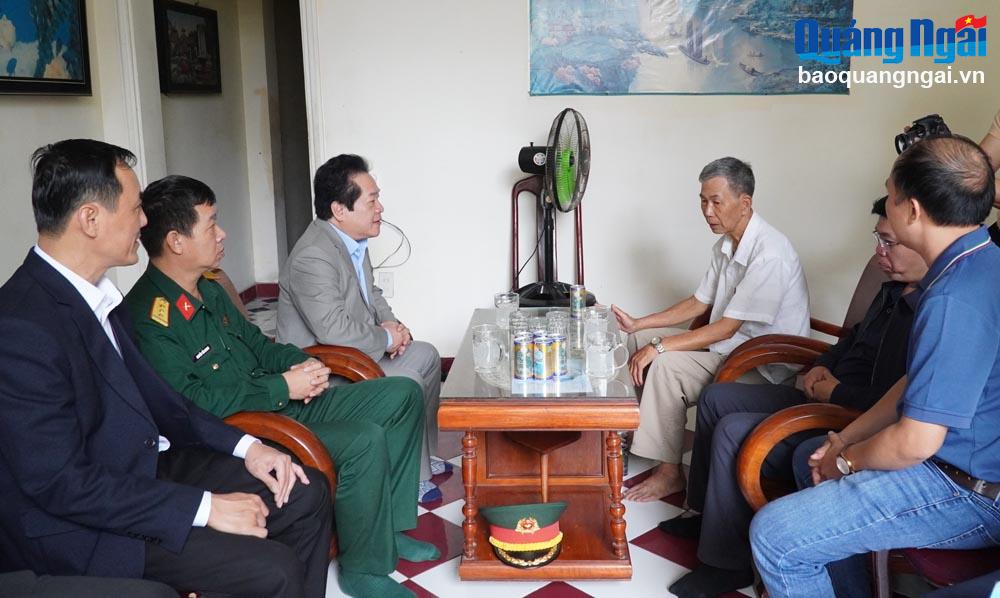
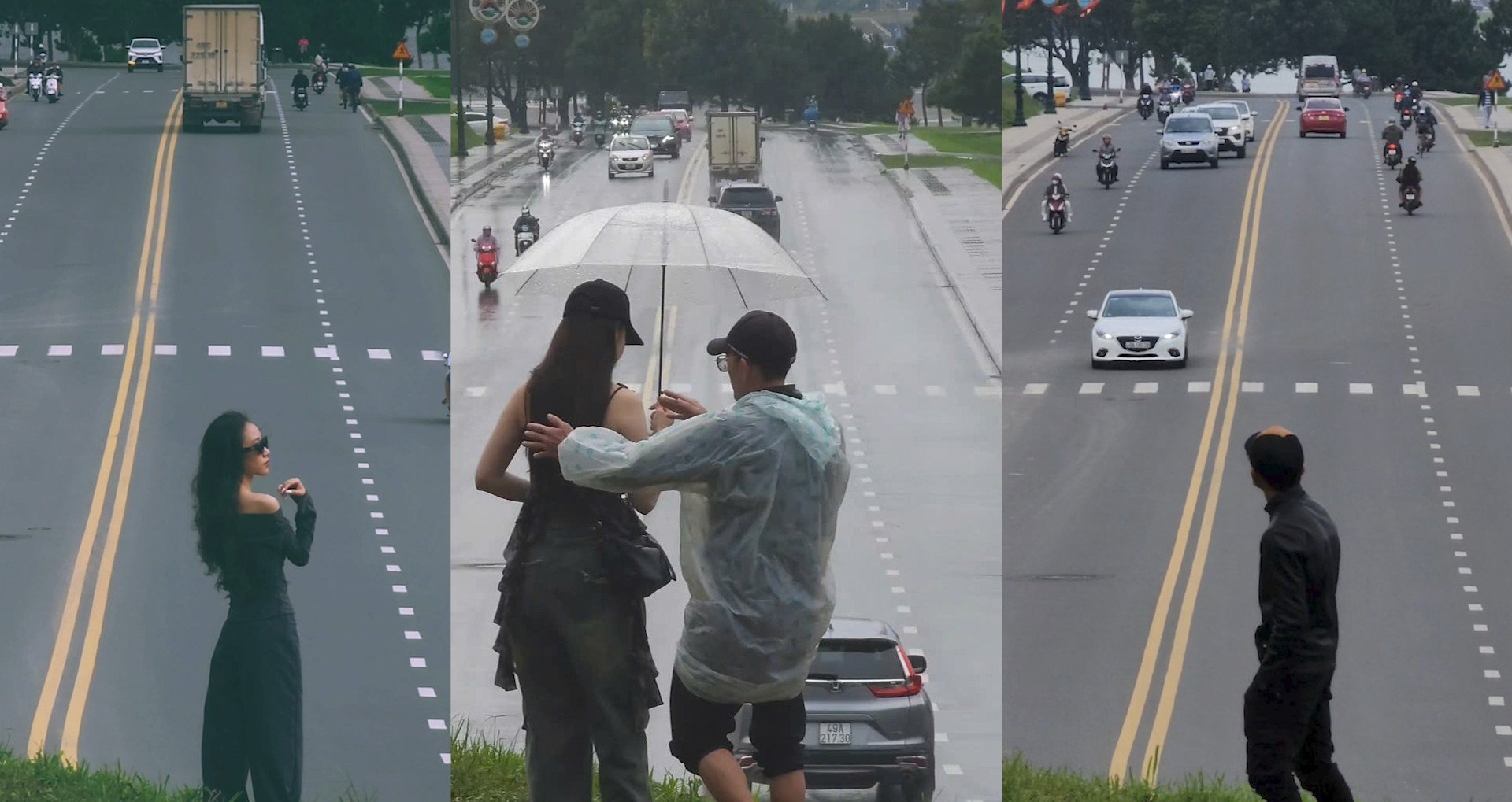

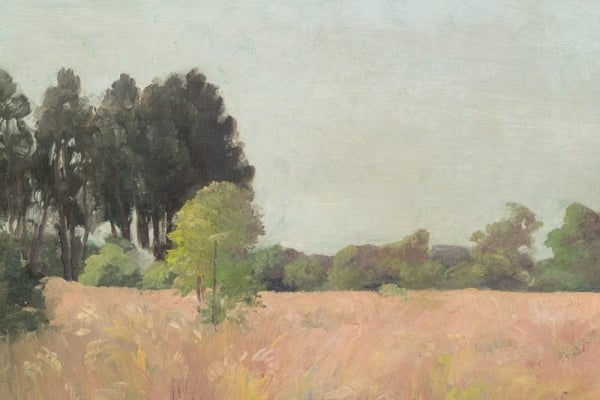



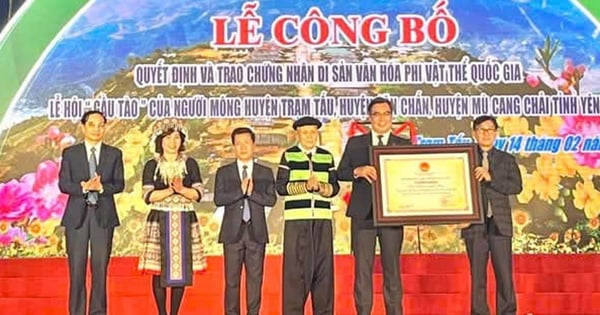

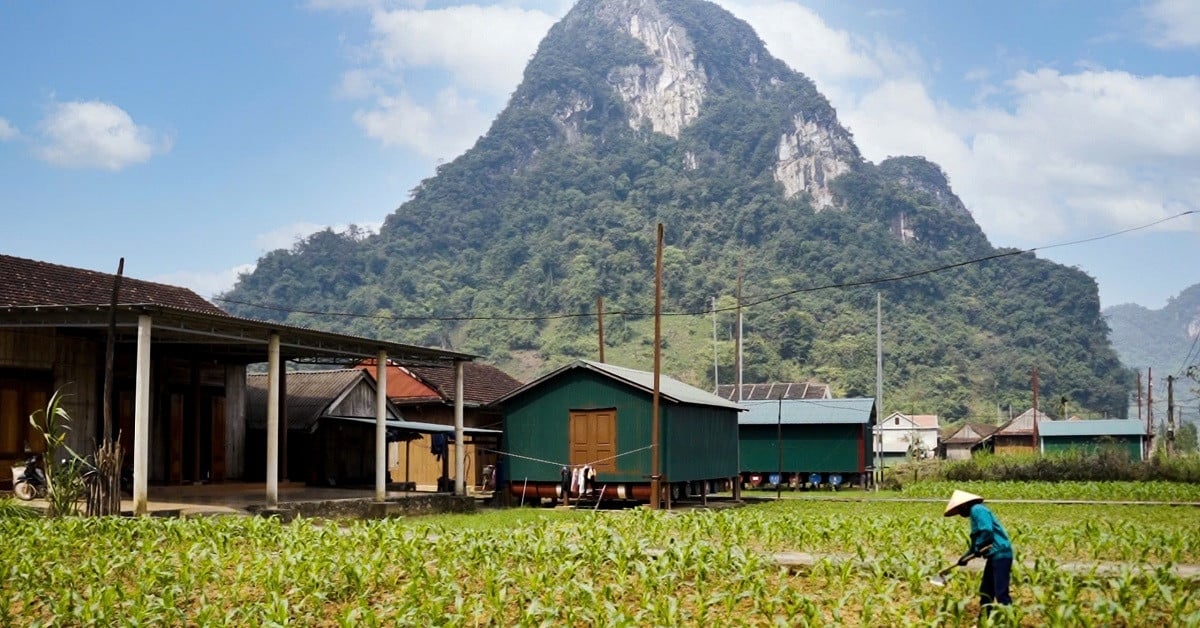
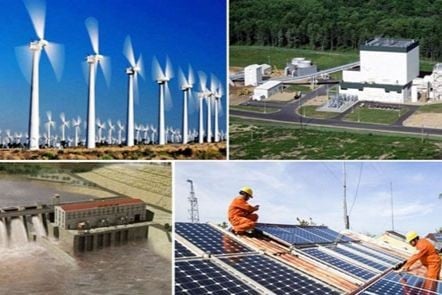
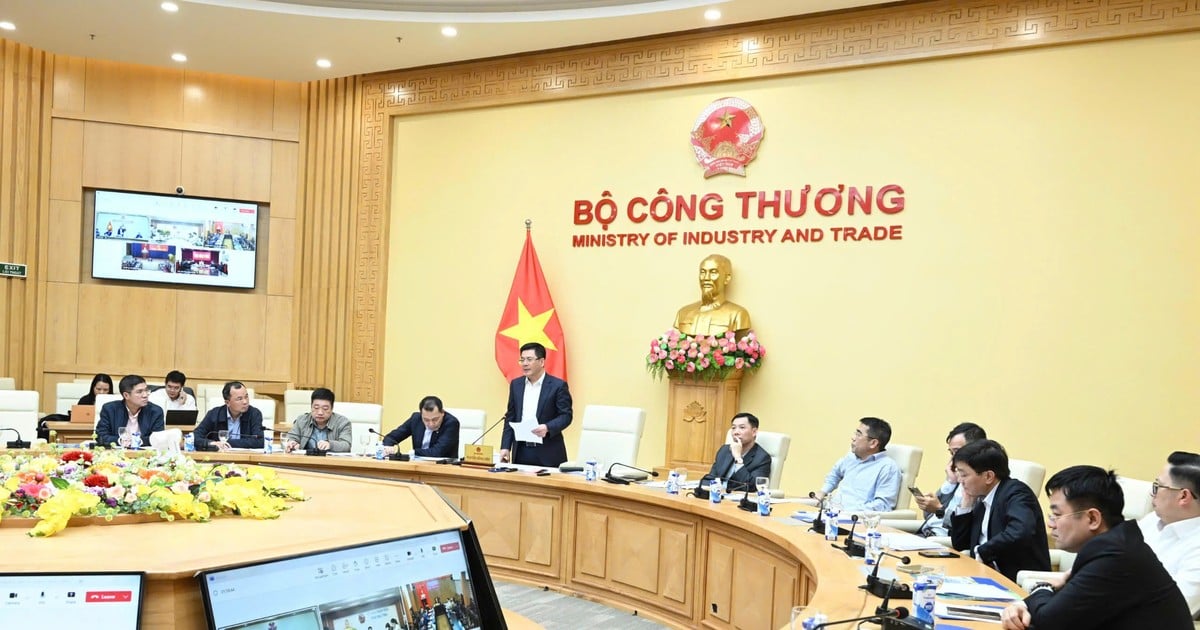
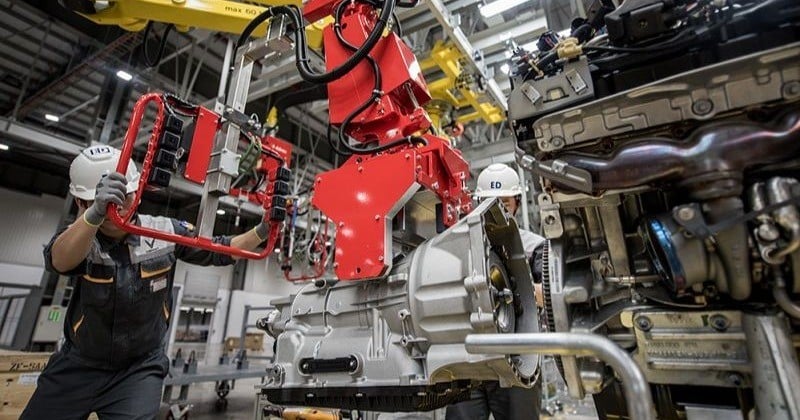

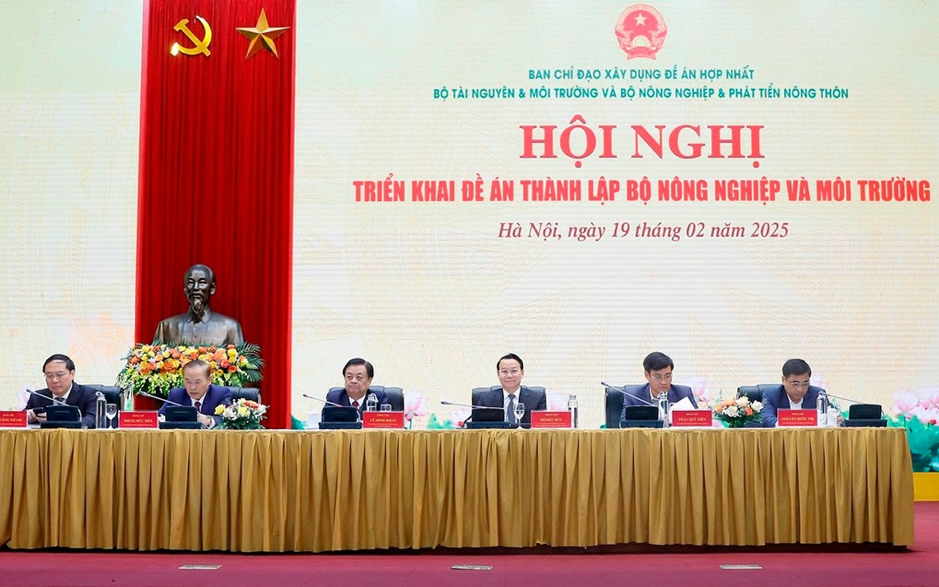
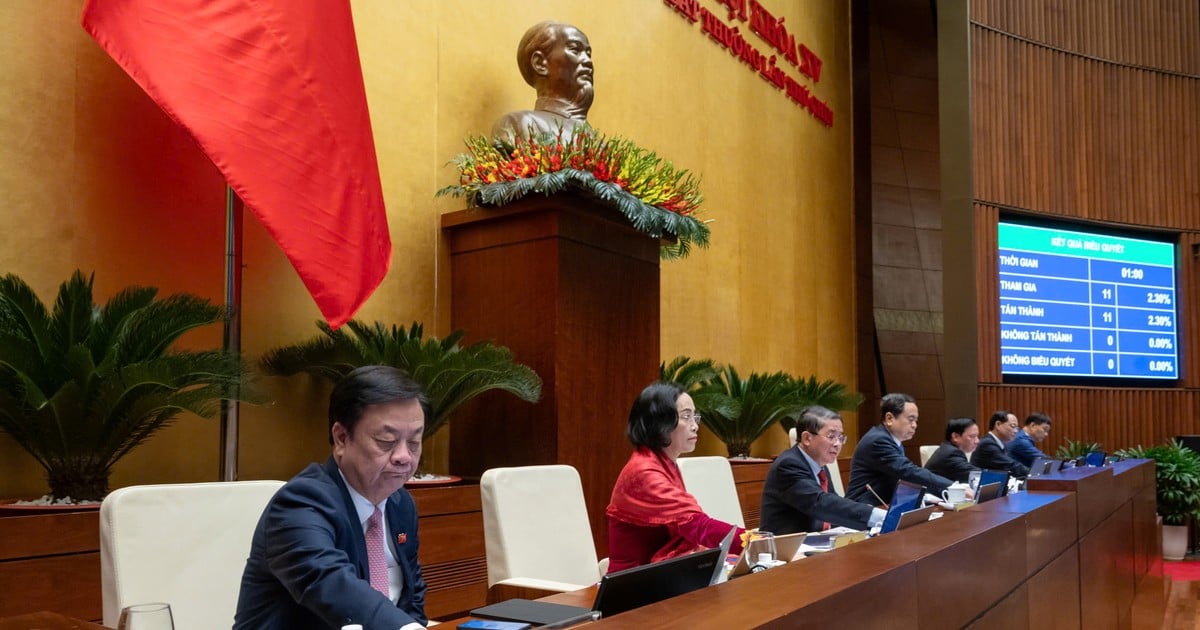







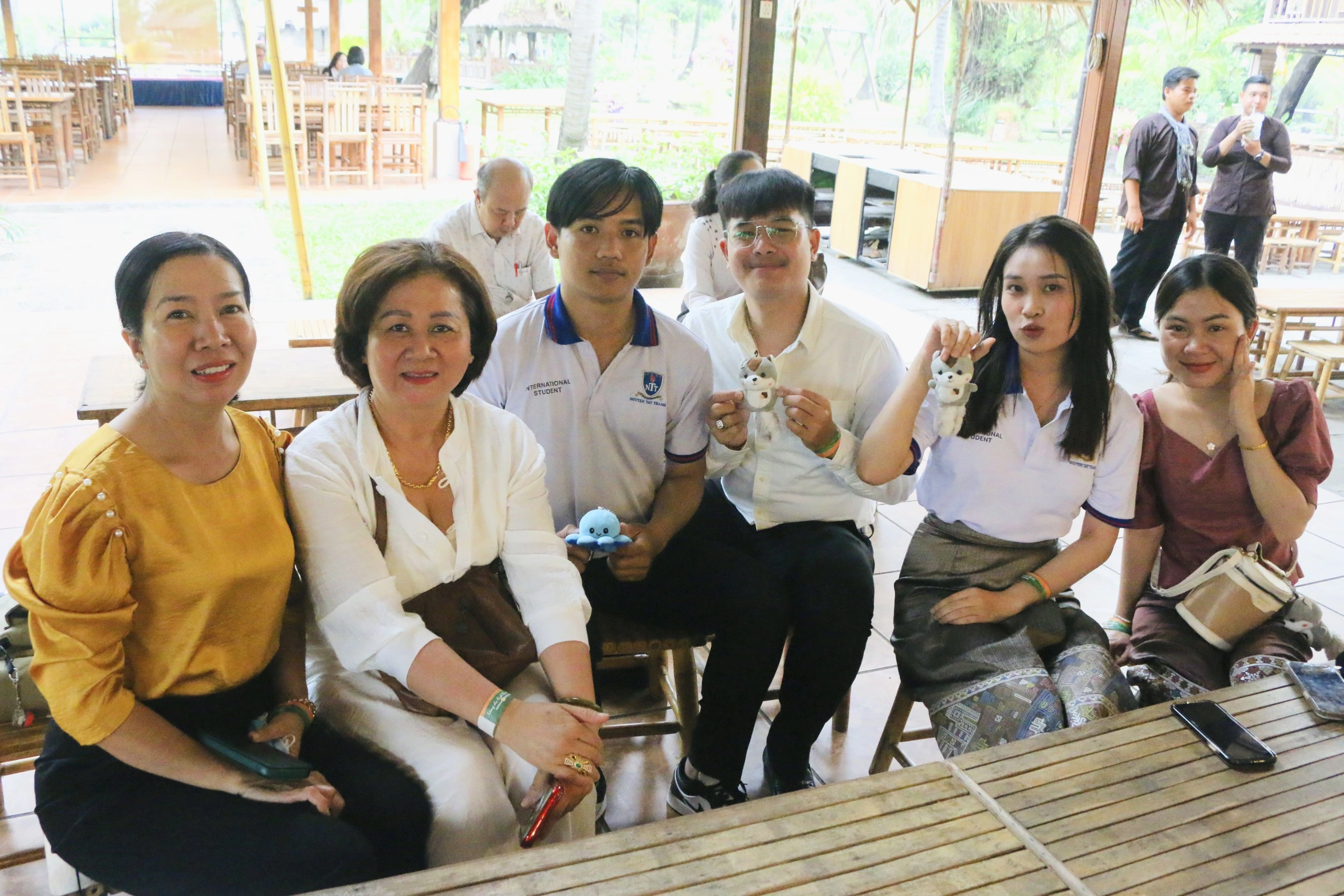


Comment (0)